A look behind the artistry and challenges of Swan Lake at the Royal Danish Ballet
From shoe managers to pattern-makers, Denmark’s storied ballet company relies on a cast far larger than those who appear onstage. We meet the people who keep the show running.
Every theatre has two entrances, each offering visitors a contrasting experience. If you enter through the main foyer of Copenhagen’s Royal Opera House for the latest production of Swan Lake, you will be greeted with Tchaikovsky’s score, fantastical costumes and lighting, and the diaphanous grace of 55 exceptional ballet dancers.
Enter through the stage door, however, and the enormity of the graft and skill, the hard-won know-how, as well as the physical agony of staging such a spectacle, becomes apparent. It takes what amounts to a village of people to launch those tutus twirling across the water. And sometimes things do not go to plan.

Though Swan Lake is being staged at the 600-seat opera house on the harbour front, the Kongelige Teater in the city centre has been the Royal Danish Ballet’s home for more than 250 years. Our backstage tour starts in the tailoring department. “This is my favourite costume from this production,” says pattern maker Bente Kirk, stroking the dark purple fabric with gold brocade used for the queen’s dress. Alongside samples, Kirk has laid out original sketches by designer Mia Stensgaard. Judging by her mood board, it seems that Stensgaard has taken inspiration from birds of prey, Fabergé eggs and Cate Blanchett’s performance as Queen Elizabeth I.
This workshop is one of the only places in Denmark where new milliners are still trained. Kirk shows us a tutu that has come in for repair. It is constructed from 10 layers of tulle and one of organza, supported by a thin metal hoop and fitted to the waist with a bodice. Tutus wilt over time so they require freshening up to maintain a perky silhouette.
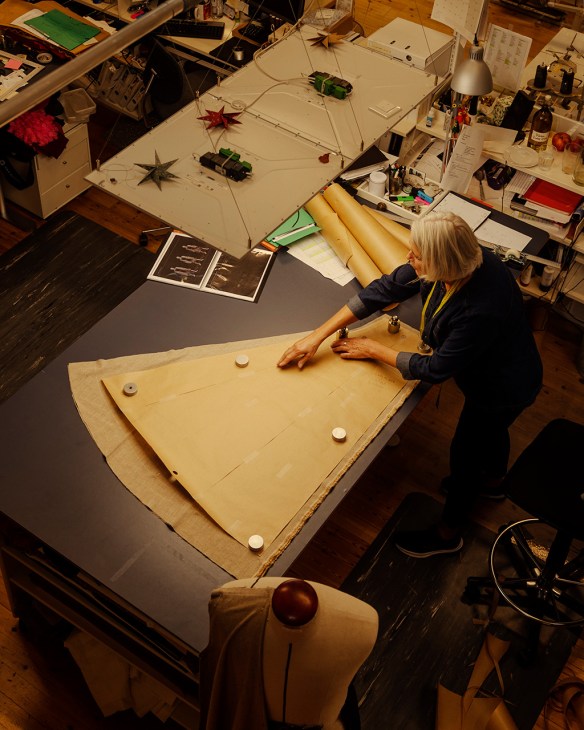
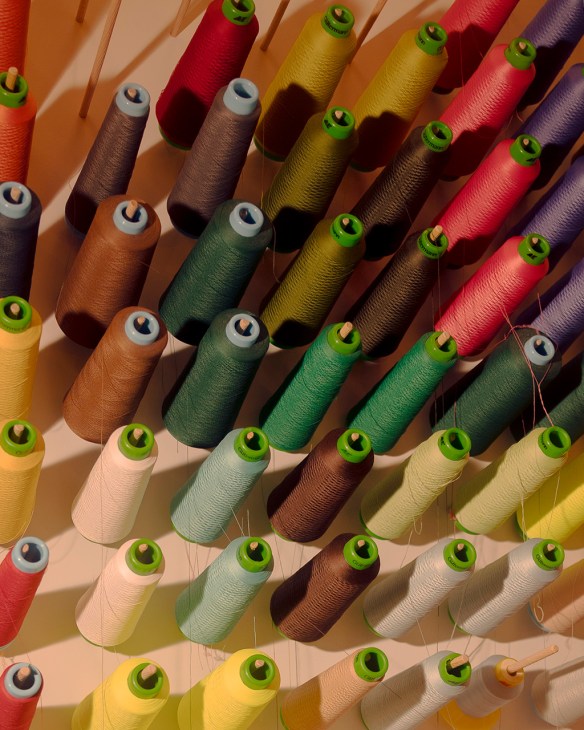
Kirk has worked here for 22 years, during which time the tutus have been made by two men in southern England who supply most of the ballet companies in the world (at a cost of about €350 per piece). They are retiring, so Kirk and her colleagues must figure out how to make them in Denmark. But the business is shrouded in secrecy. “I once spoke to them over the phone and suggested that we come to visit them but they said, ‘No, no, no,’” says Kirk.
Ballet costumes are surprisingly heavy. This is partly because they are built to last decades. They also need to be regularly adjusted because the physique of ballet dancers is changing, says Kirk, as she works on letting out a bodice for a forthcoming production. In recent years, male performers have become more muscular and the ballerinas taller and more varied in figure than was previously permitted. And, as a result of their complexity, costumes are rarely cleaned. Excuse me? “Oh, yes, they smell like hell,” says Kirk, laughing. “But the performers are all used to it. And some dancers think of it as a privilege to wear something that was worn by a great soloist – it has a special aura.”

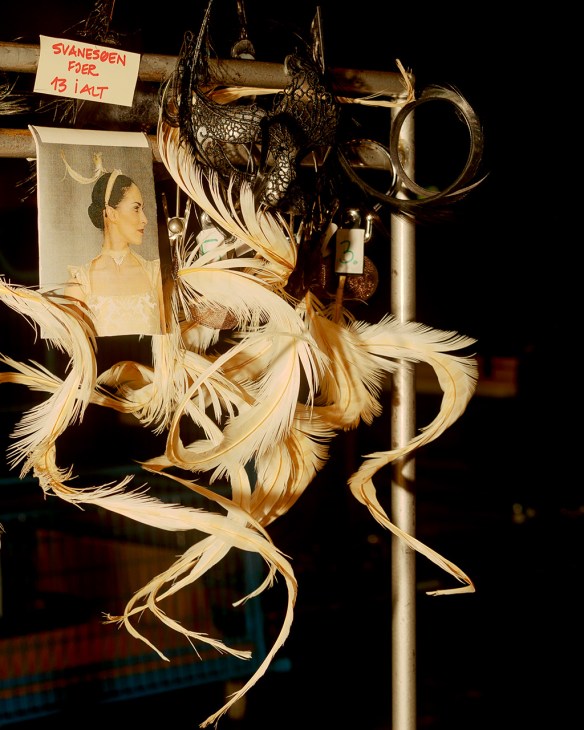
Swan Lake might forever be associated with those tutus but a great ballet performance begins at the feet. Shoe manager Henriette Brøndsholm tells Monocle that this production is the most challenging ballet of all when it comes to footwear. “The swans are en pointe almost the entire time that they are onstage,” she says. “The premier ballerina goes through two pairs every performance and she will end up with at least one black toe.”
The shoes are made to measure by Freed of London. The toe pointe, or block, which is about 2 sq cm, is constructed from layers of card. Every dancer will break in their shoes to achieve their preferred flexibility and some will customise them further, darning the tips to attain a perfect flat surface. They are sold to fans after performances, recouping some of the cost (about €60).
Brøndsholm started at the company’s ballet school when she was nine years old and is still here 47 years later, having retired – as all dancers eventually must – at the age of 40. She too has danced in Swan Lake. As the bell rings for the evening’s performance, she says that she still misses being onstage. “When the audience is there and the music plays, it doesn’t matter how much it costs you in toenails and blisters,” she says. “It’s all worth it.”

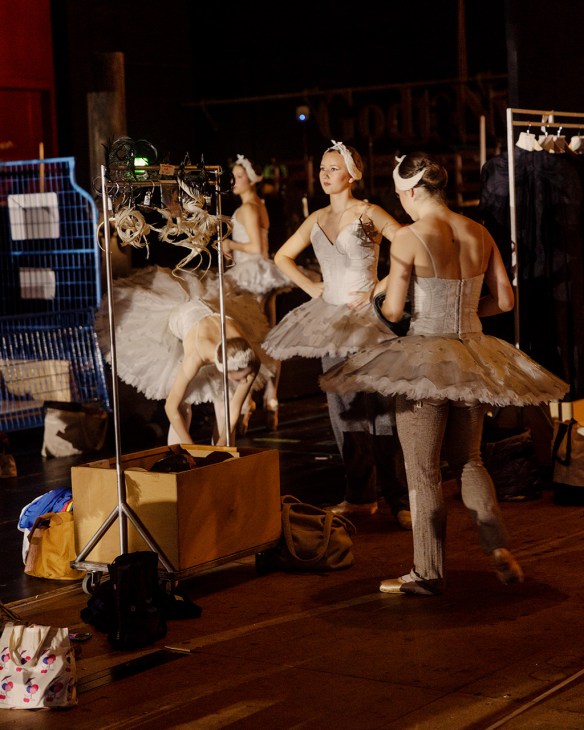
Someone who knows the truth of this first-hand is tonight’s lead, Astrid Elbo. “This is my third time around the lake,” she says, referring to the occasions so far on which she has played the dual leads of the White Swan, Odette, and the Black Swan, Odile, which are perhaps two of the toughest roles in the classical repertoire. “The challenge is as much mental as it is physical,” says Elbo. “I need to concentrate and visualise like an athlete – planning the day, thinking about nutrition and getting extra protein.”
The 31-year-old Elbo enrolled at the company’s ballet school when she was six years old. Traditionally, she would have been considered tall for a ballerina, she says, claiming (unconvincingly) to have been like “Bambi on ice” as a young dancer. “Co-ordination was difficult since my centre of gravity is high.”
Tonight, Elbo’s prince is French dancer Mathieu Rouaux. Monocle asks him how he feels about taking second billing – unusual for a male lead in the still-chauvinistic world of classical ballet. “I love it so much – there’s less pressure,” he says. “I use it as a tool not to freak out. What will the audience remember? The swans. And maybe a blurry image of some tall, handsome guy in the background.”
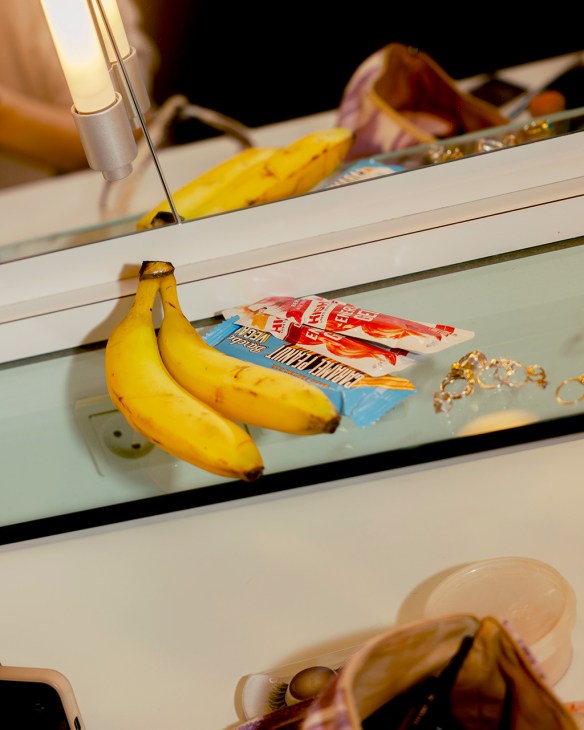
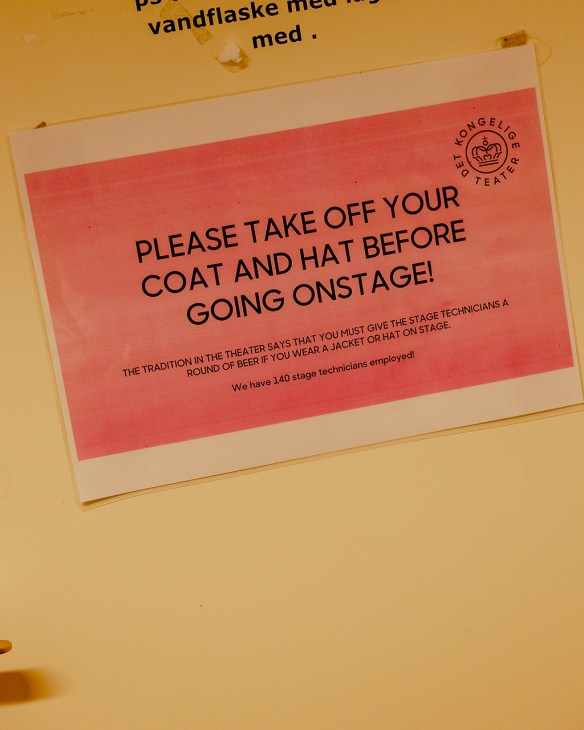
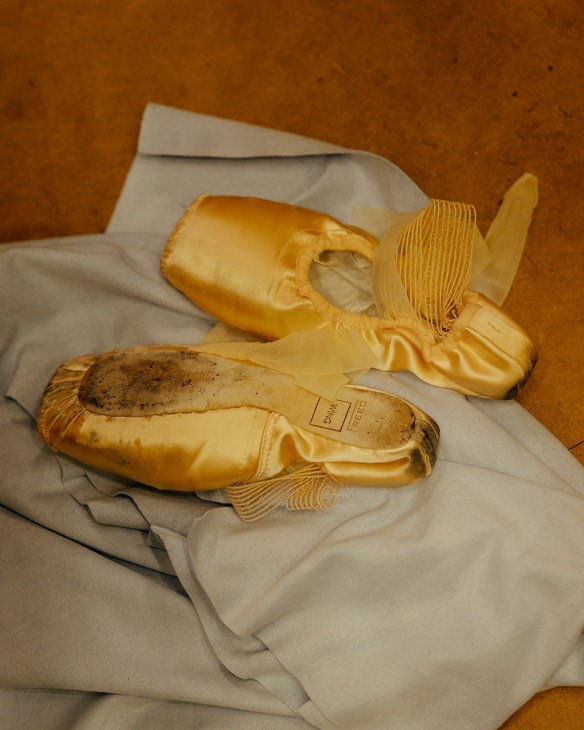
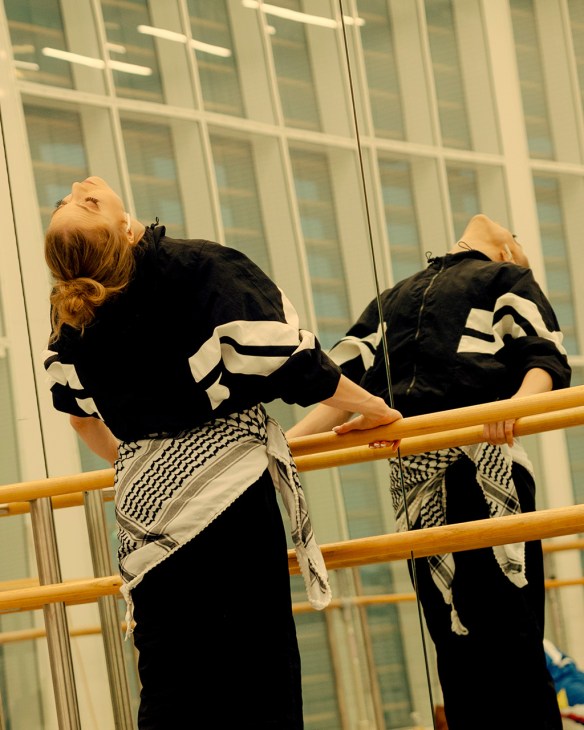
A few minutes before the curtain rises, the atmosphere backstage is energised but calm. Dancers, some still wearing tracksuit tops over their tutus, stretch or stand while chatting. One swan is doing star jumps. The orchestra strikes up (sounding slightly muted from back here) and the stage is soon a blur of dancers, the clatter of their pointe shoes sounding like horses on a cobbled street. Later, recuperating offstage, dancers bend double, breathing heavily but silently through rounded mouths.
As the curtain falls on the first half, it is clear that something is amiss. Ballet director Claire Still has appeared in the wings and is huddled with a dancer swaddled in a red dressing gown. It turns out that one of the four ballerinas who has just performed the “Dance of the Little Swans” (probably the most parodied ballet sequence of all but incredibly demanding) can’t continue for the second half. Emma Larsen, an 18-year-old “aspirant”, or student, from the ballet school is now shrugging off her dressing gown and hurrying to switch costumes to fill in for the injured dancer.
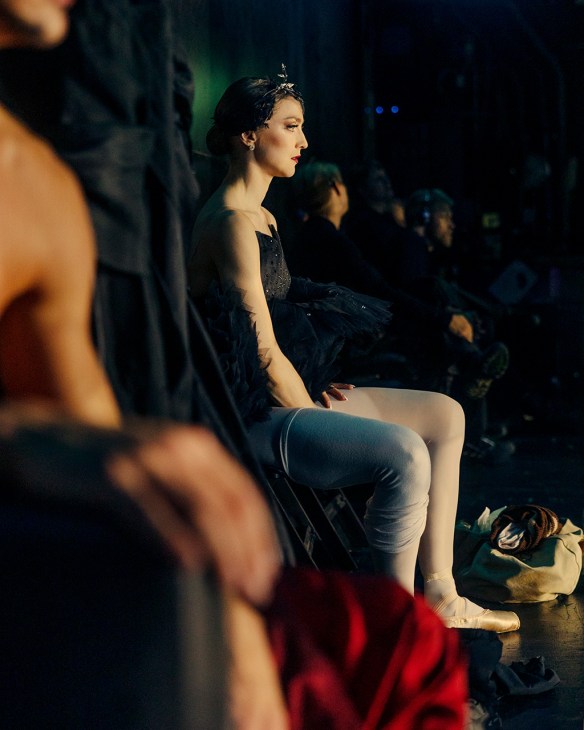
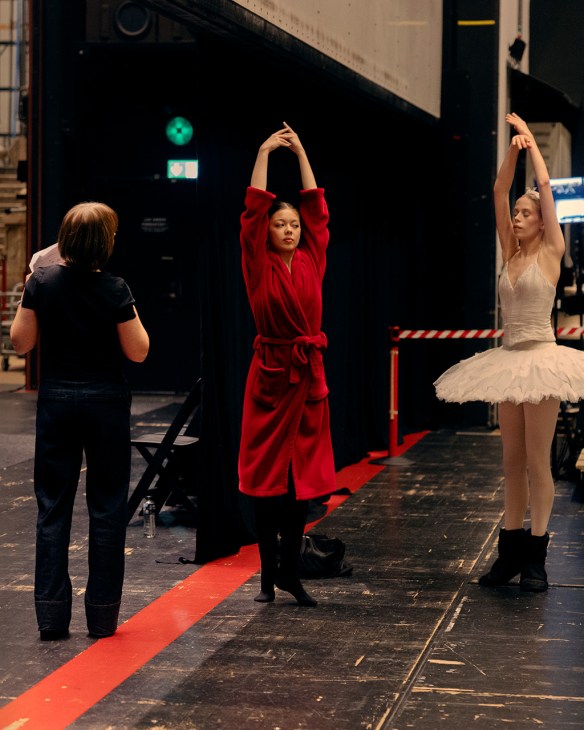
The recent history of the Royal Danish Ballet has not been without tumult. In 2024 its then artistic director, Nikolaj Hübbe, resigned following accusations of a harsh teaching environment and a “culture of silence” at the school. Years earlier, there were allegations of cocaine use in the company. Californian Amy Watson was chosen as Hübbe’s replacement. She is the first woman who danced in the company to become its director – and the first to last more than a year in the post.
“Things have evolved,” says Watson. “I can say with certainty that you do not need to be brutal to raise a ballet star. Positive affirmations create better outcomes.” Scandals, plus a perception of ballet as an elitist form of art, could be an existential threat to the company, which relies on generous state funding. “This country appreciates art and culture, and it’s fantastic to have the government’s support,” says Watson. “The message that I have to get out is that ballet is for everyone.”
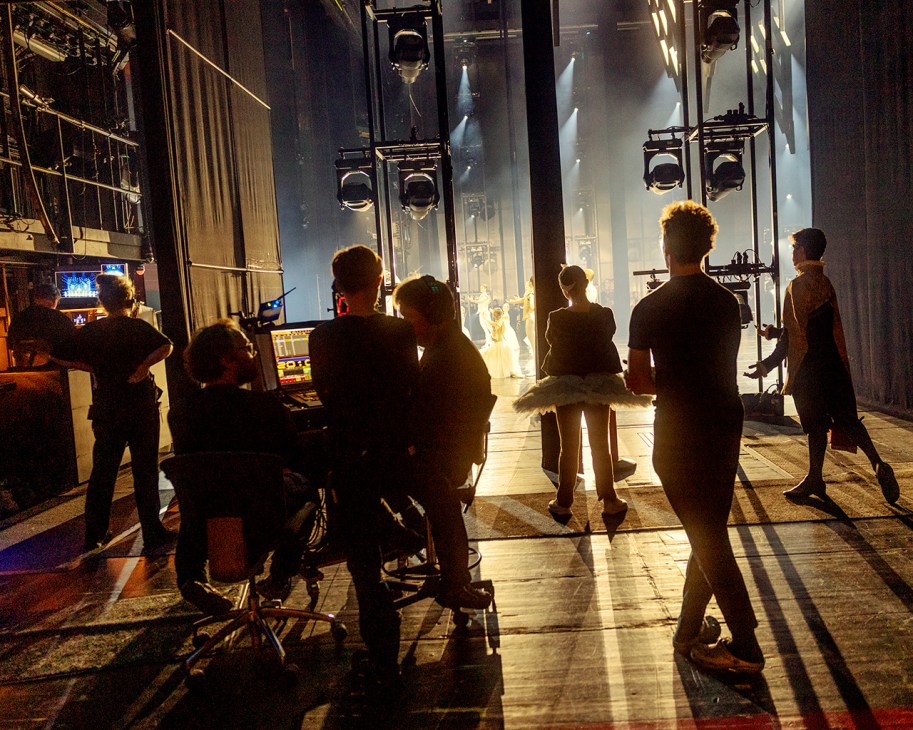
Back in the wings, Elbo, now in costume as Odile, the Black Swan, spits her gum into a large dustbin as the curtain rises on the second half of the production. She seems remarkably relaxed given that she is about to perform the daunting 32 pirouettes (or fouetté en tournant) in Act III. Audiences count the rotations as she delivers them perfectly to tumultuous applause. Afterwards, Elbo seems satisfied. “It felt so good that I could have kept going,” she says.
But with a job this punishing, how does she relax? “I have started going out dancing more,” she says. “I go to a techno club and stand at the front of the crowd so I can’t see anyone. I don’t even move to the beat because I’ve been told to be on the music my whole life. I just dance.”
The physical toll
Performing Swan Lake has been compared to participating in an Ironman triathlon while wearing haute couture. Isabelle Walsh, an American corps dancer playing a swan in this production, says that she takes collagen supplements, probiotics and a medicine called Methylene Blue for blood oxygenation. Another ballerina swears by her compression boots. All of the dancers seem to use magnesium sprays. Before performances, Astrid Elbo often undergoes cryotherapy – a blast of minus 94C.


